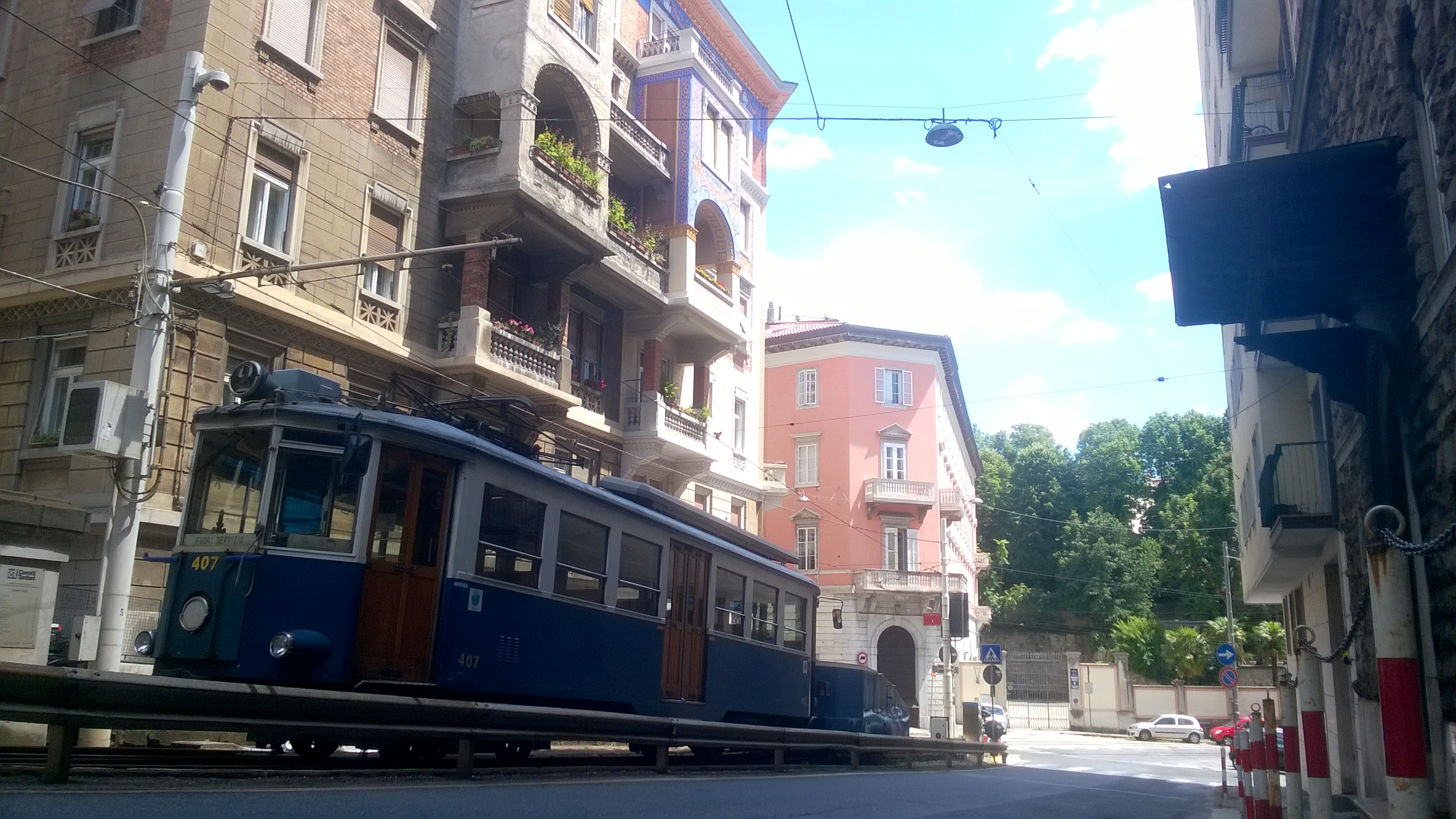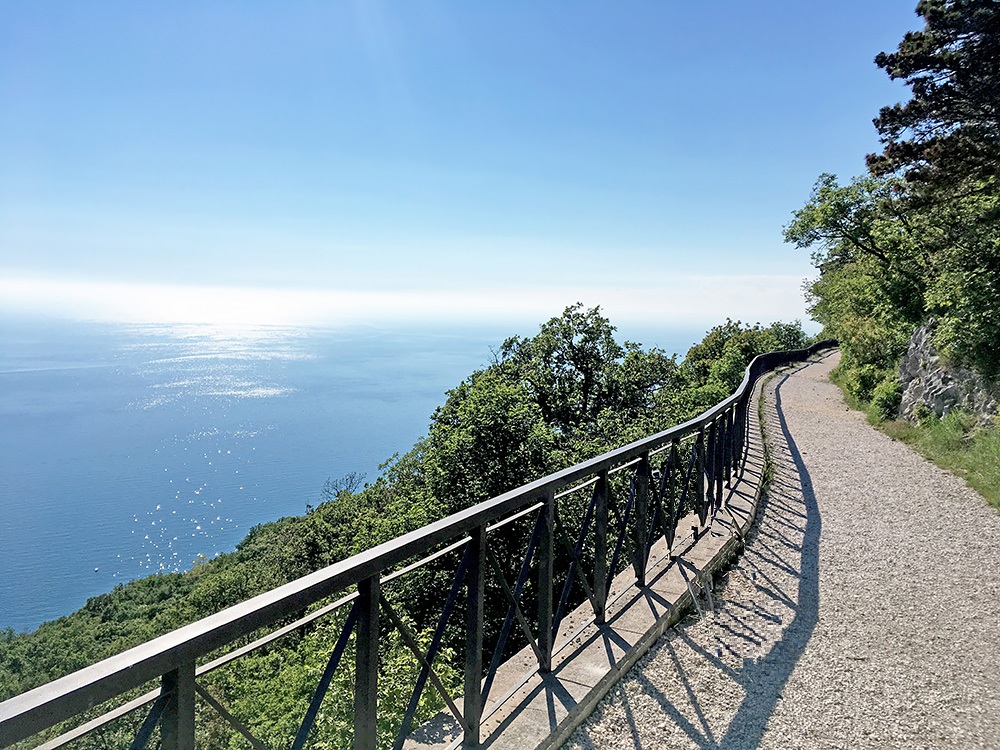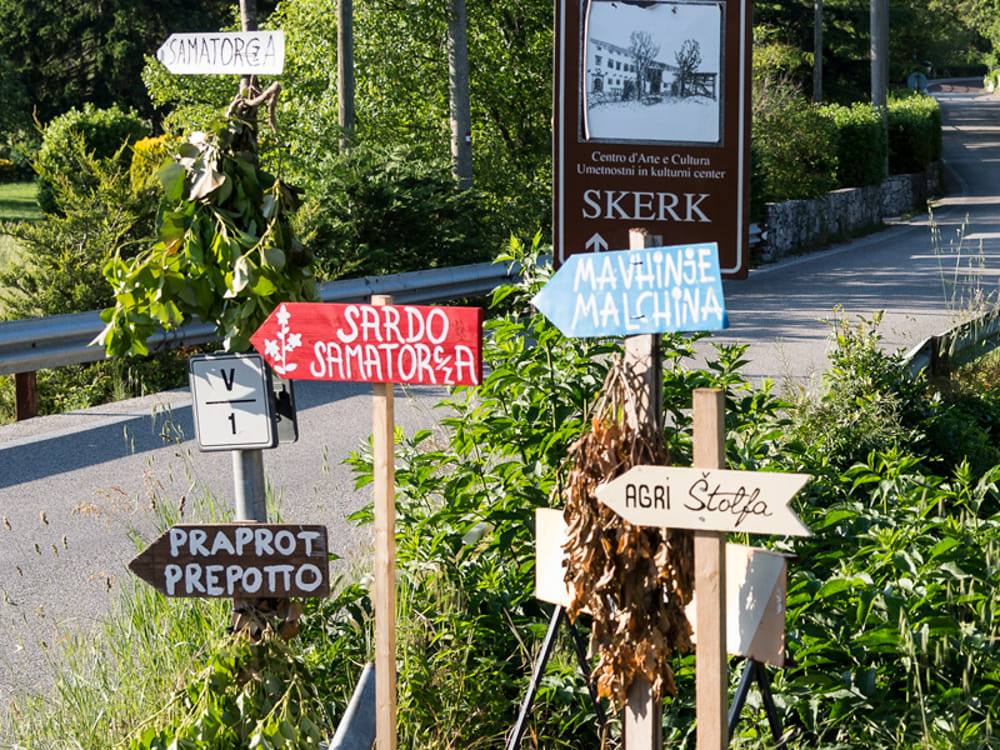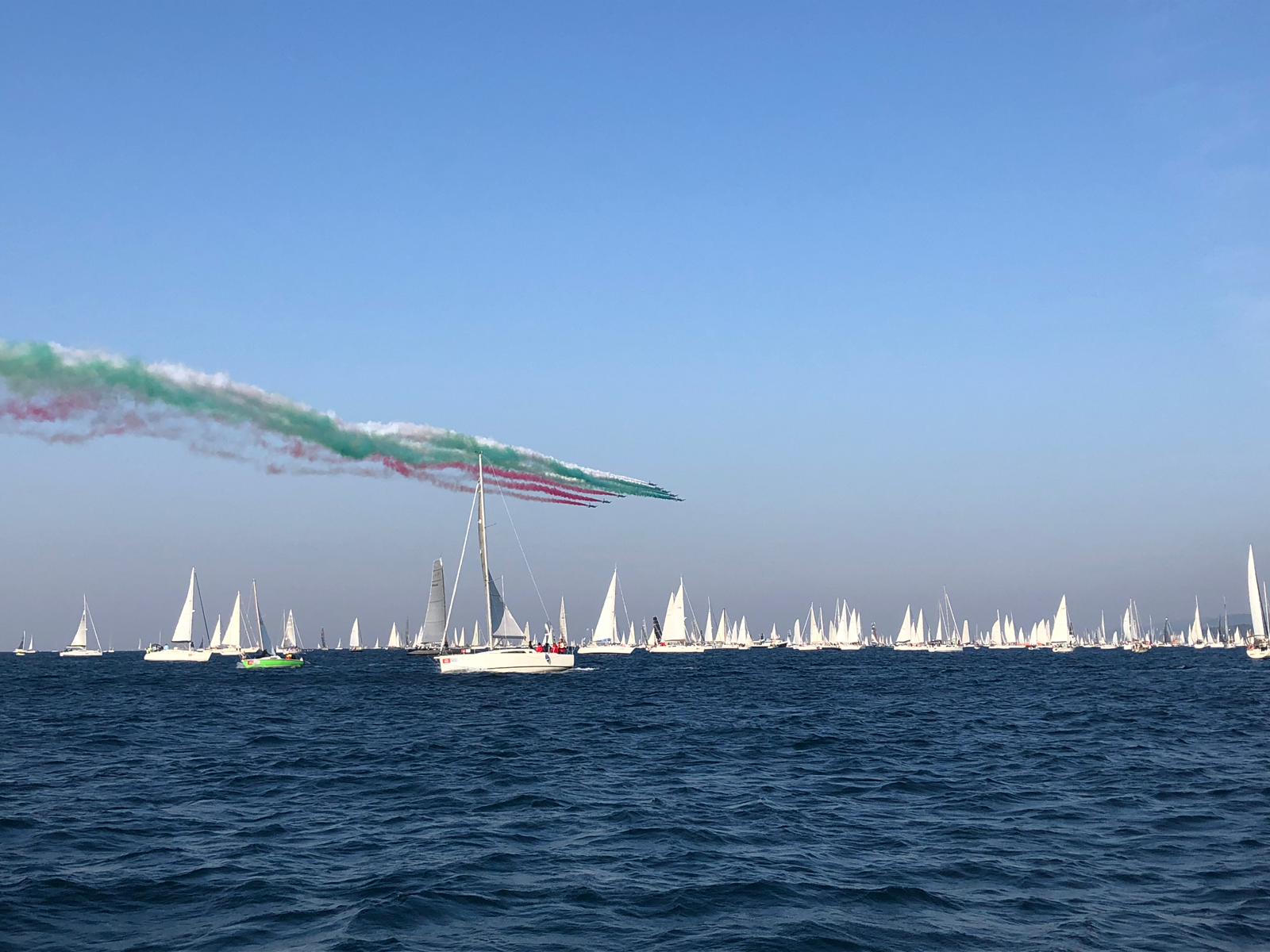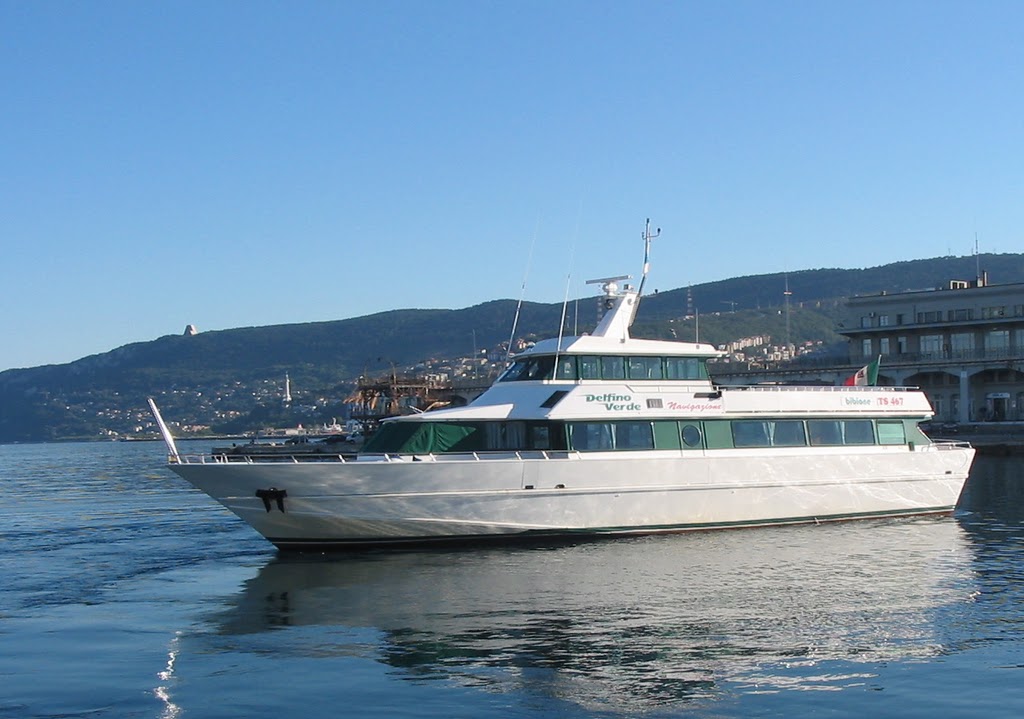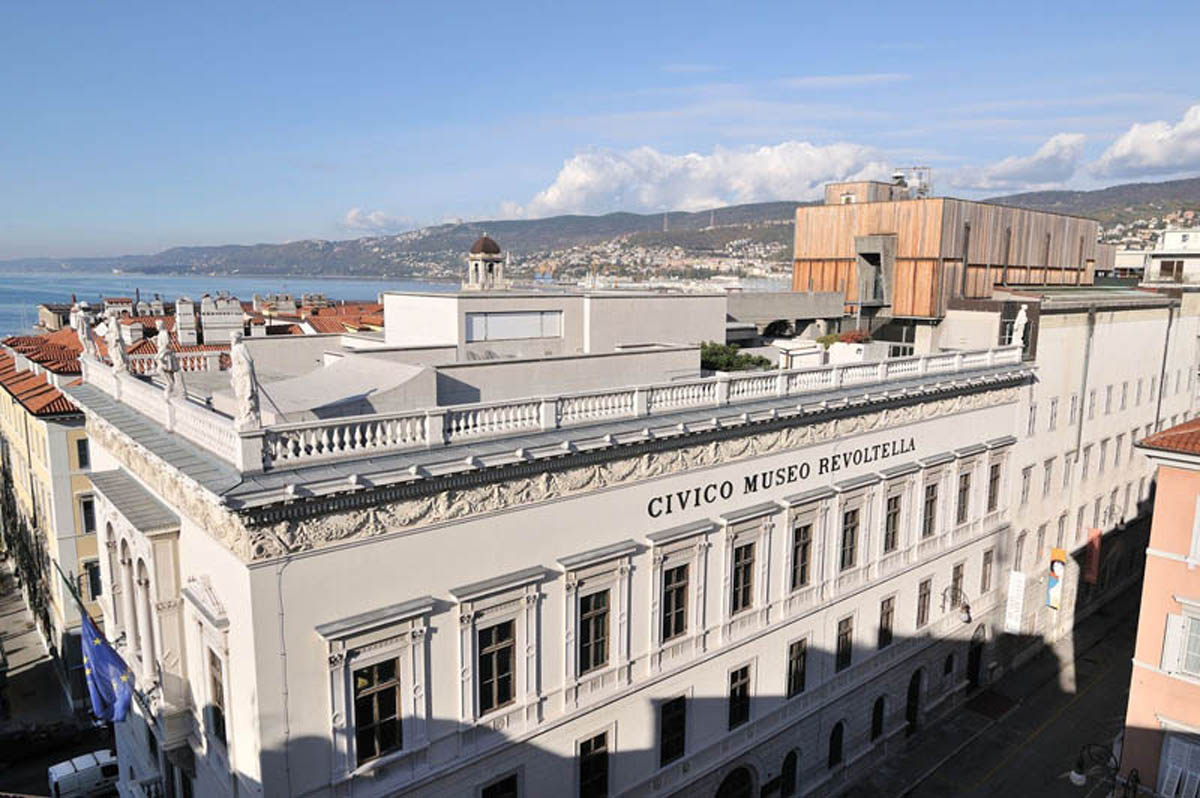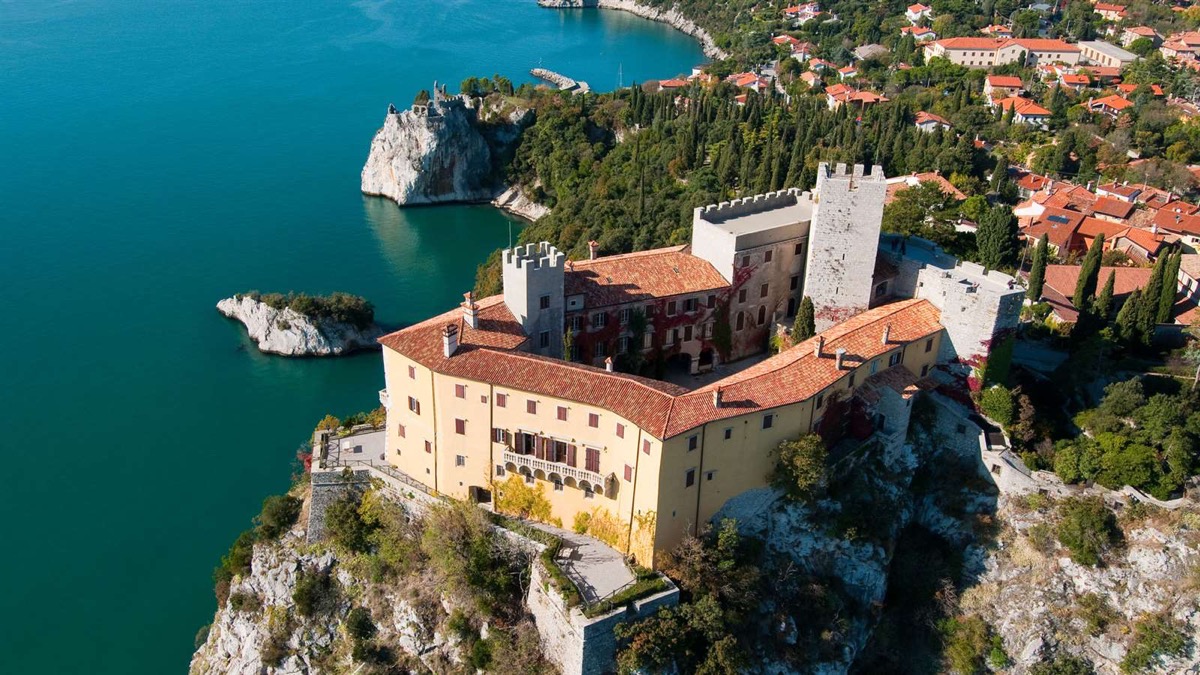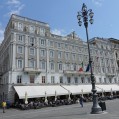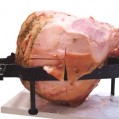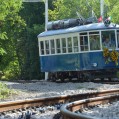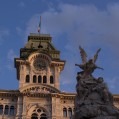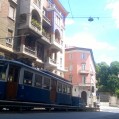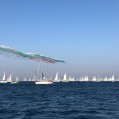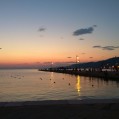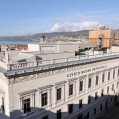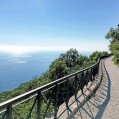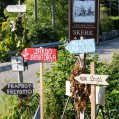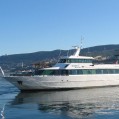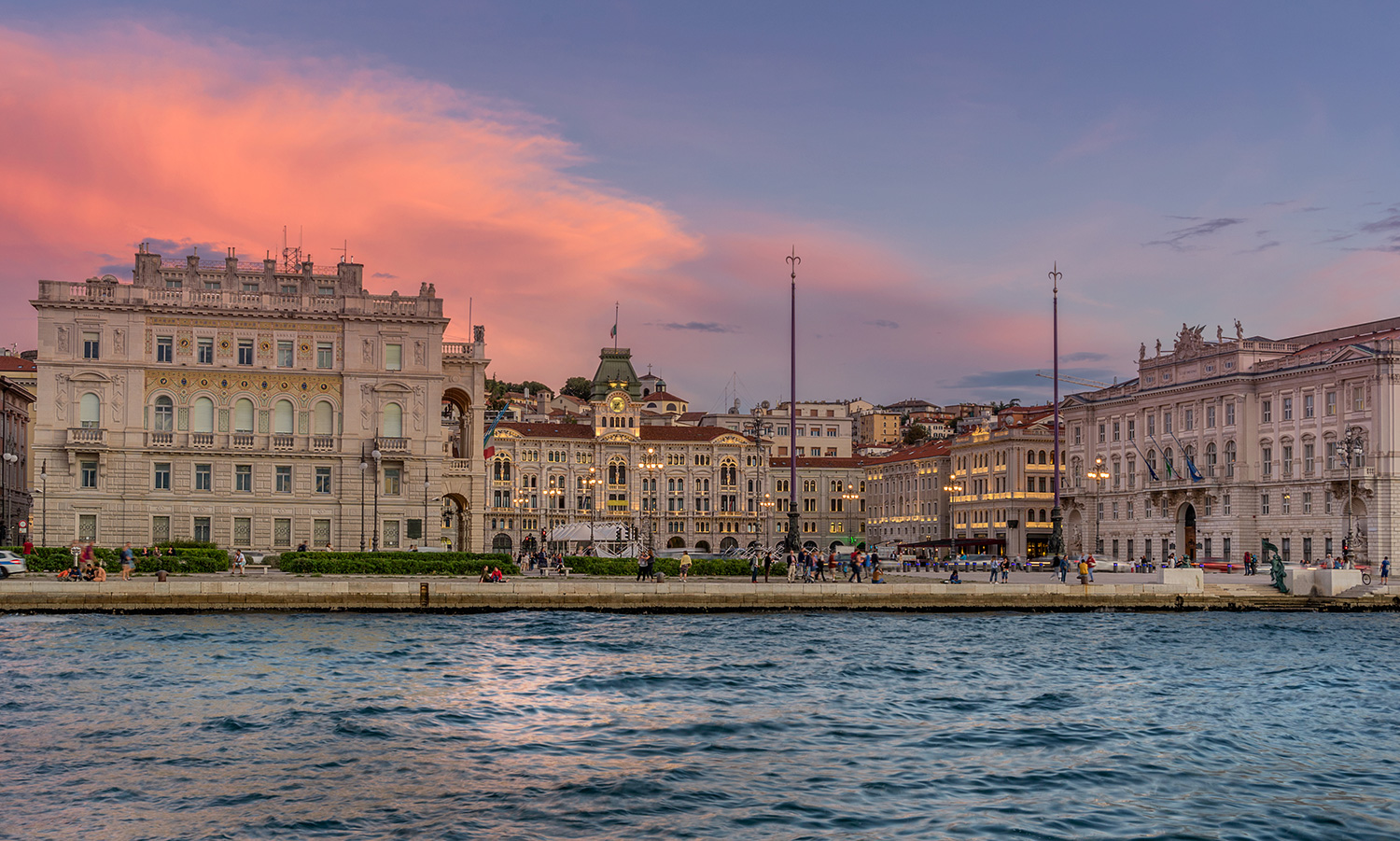
1. Visiting and discovering historic cafés
Trieste becomes a city deeply linked to the coffee trade already in the eighteenth century when it is the largest emporium of the Austro-Hungarian Empire and the most important European port for coffee
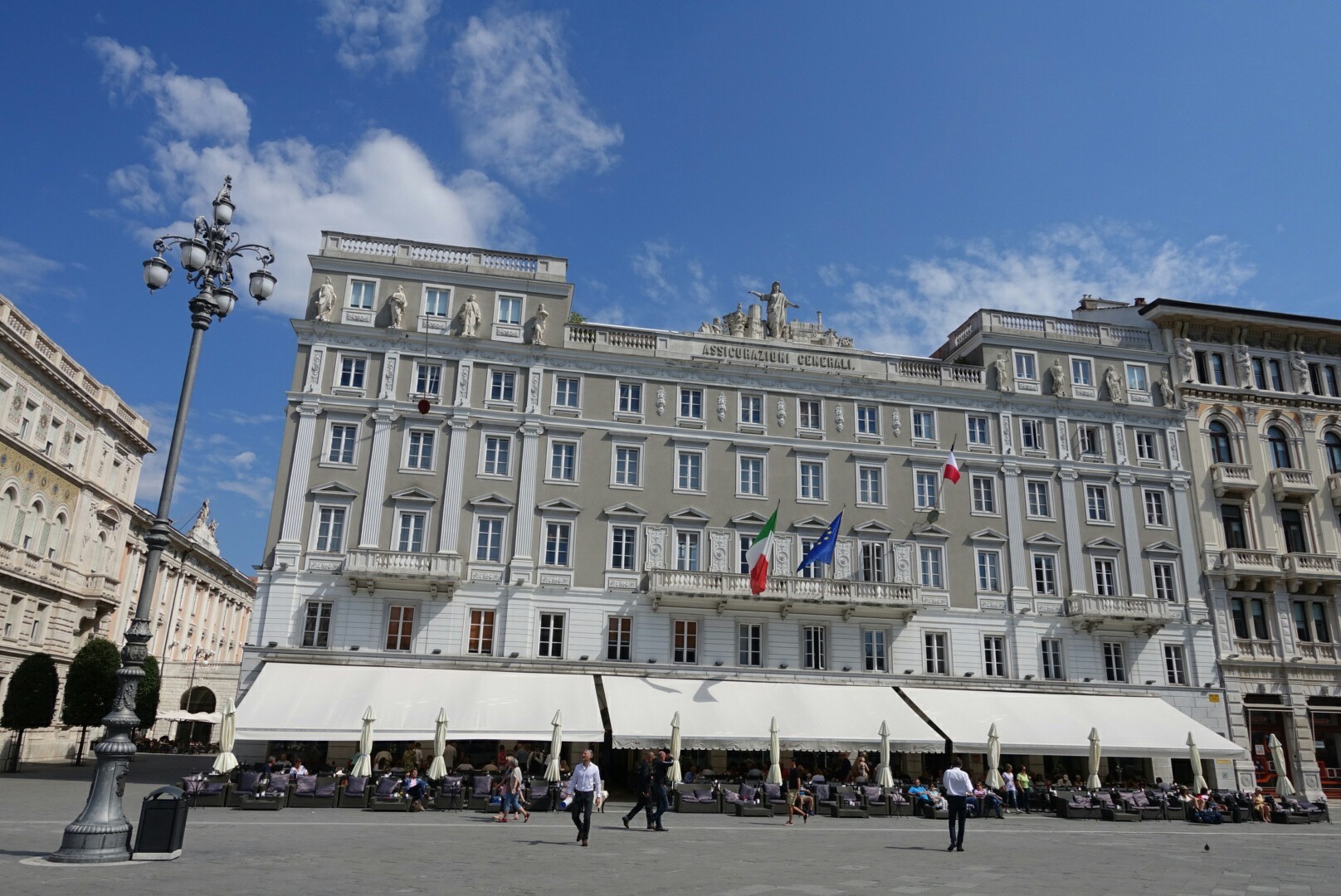
Caffè degli Specchi
Thanks to the preservation of the original furnishings, in the historic cafés of Trieste it is still possible to perceive the Central European atmosphere that in the past attracted historical, literary and political: James Joyce, Umberto Saba, Italo Svevo were used to visit the cafes, in the 19th century, some Cafes became the meeting place for irredentists, others during the First World War were converted into printing factories for producing fake passports for anti-Austrian patriots, others were used as headquarters of the British Navy after the the second world war.Location
2. Free city tour
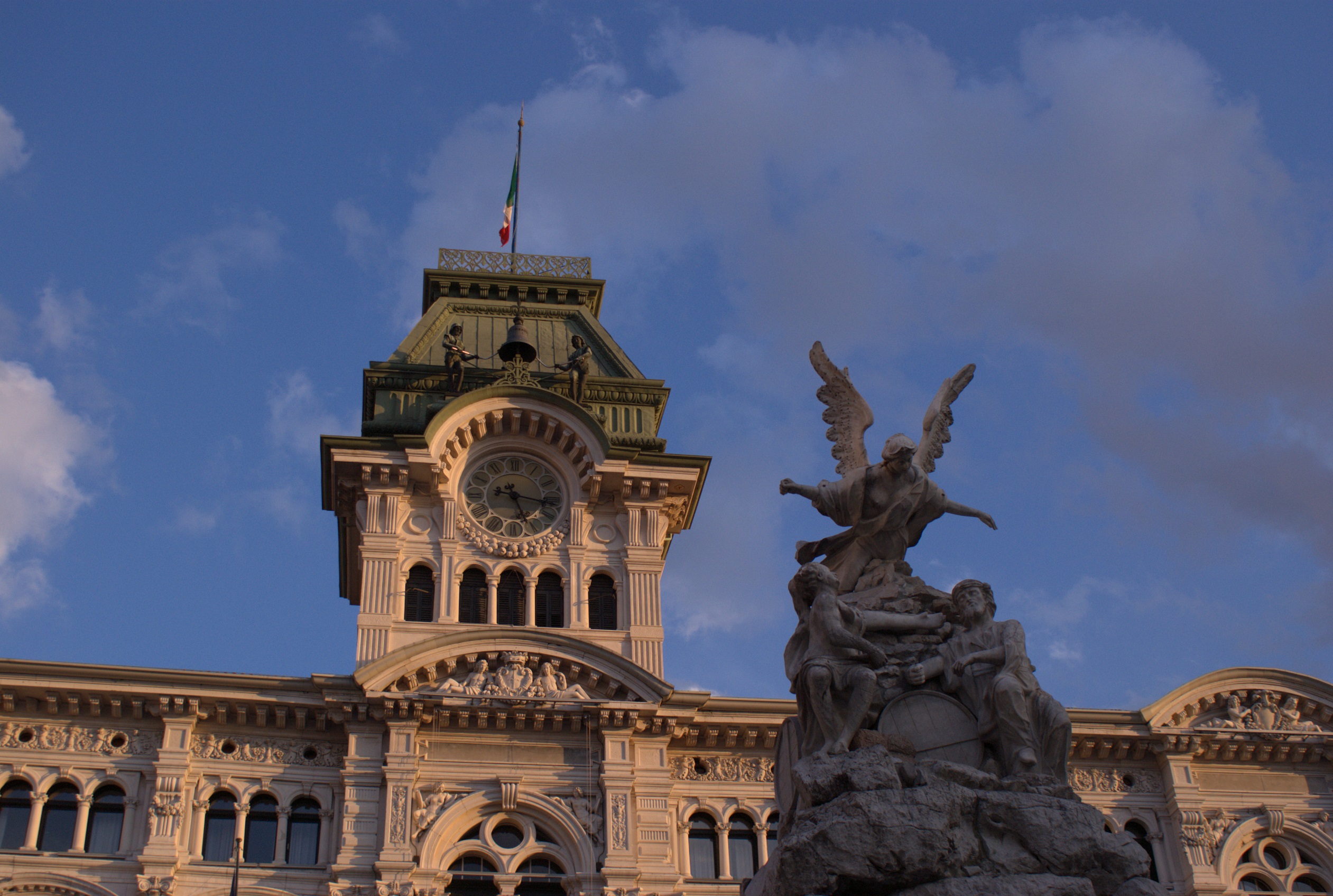
Trieste Free Tour starting from Piazza dell'Unità d'Italia
During the summer season, on Saturday and Sunday, you can join the free guided tour of the city. The tour takes about two hours and offers a wide array of attractions and points of interests such as Piazza Cavana, Via dei Capitelli, Arch of Riccardo, Churches of San Silvestro and Santa Maria Maggiore, Roman theater, Jewish ghetto, Old Stock Exchange square, via Cassa di Risparmio, Grand Canal, Borgo teresiano, Greek Orthodox church of San Nicol, Piazza Verdi and the Audace pier, and finally the City Hall.
When the tour guide is not active, you can rent an audio guide at the Infopoint in Via dell'Orologio 1, in the corner of the main square Piazza Unità d'Italia at a price of € 5. The audio guide is available in Italian, English, German and French language.
Location
Open hour
Fee
Tour is free. Audioguide 5 €
3. Testing the traditional drink and food
The gastronomic tradition of Trieste undergoes a clear Austro-Hungarian influence: typical dishes are pork-based, boiled (so-called boiler dishes), jota, goulash, calandraca (dish with boiled meat, onion potatoes and vegetables) and the sausages of vienna or cragno.
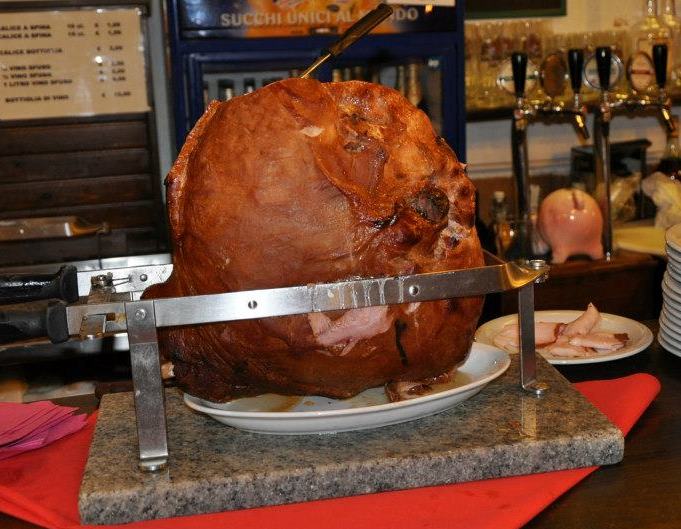
Prosciutto Triestino cotto in crosta di pane
Another habit of the Triestines is represented by the aperitif during which you can sip a white spritz (wine mixed with mineral water), a spritz aperol (wine, soda and aperol) or a glass of Prosecco (sparkling wine produced with the Charmat method from the Glera grapes). The most popular areas for the aperitif are the following: Piazza della Borsa, Piazzetta del Barbacan, the wlking area of via Torino and viale XX settembre.






